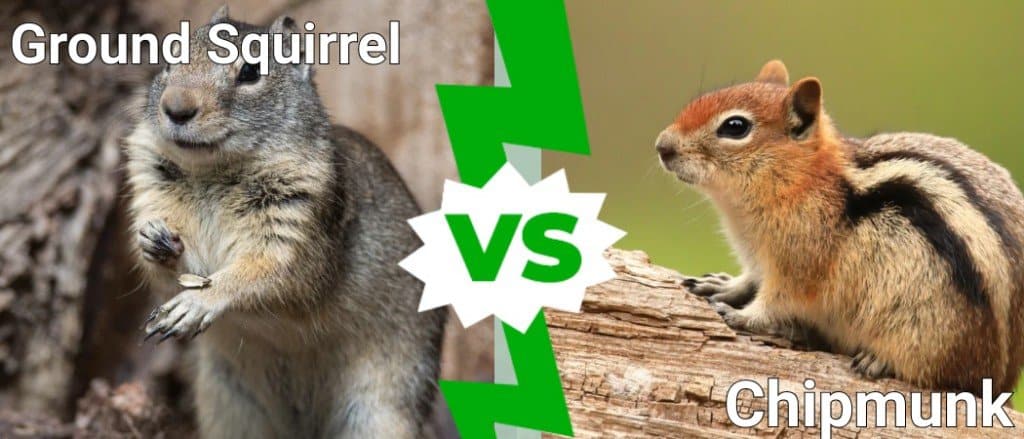

NatureServe Explorer V.7.1 Accessed 6 September 2017. Integrated Taxonomic Information System (ITIS). A Taxonomic and Geographic Reference (3rd ed.), Johns Hopkins University Press. Archived at the Wayback Machine In: Wilson, D.

The life span of this ground squirrel is up to about seven years. Juveniles resemble adults by 40 days of age. There is no paternal care of the offspring. A female has two to eight young per litter, with an average of five. The breeding season commences when males and females emerge from hibernation in the spring. The squirrels hibernate in dens that can reach up to 100 feet in length although they are typically shallow in depth. During the summers they gain extra weight in order to prepare for hibernation. Some authors describe many subspecies of this taxon. This species is distinguished from similar ground squirrels by a black-bordered white stripe down each side of the back and is distinguished from similar looking chipmunks by its lack of facial stripes. The "mantle" across the shoulders is tawny to reddish, with males having a deeper reddish tinge. The tail is brown to black with buff edges and a yellowish to reddish underside. The weight range for adults is between 120 and 394 grams (0.26 to 0.86 lbs.) It has whitish or yellow-gray underparts. This ground squirrel is generally about 23 to 29 cm (9.1 to 11.4 in) in length. It is distributed in the Rocky Mountains of British Columbia and Alberta, and through much of the western United States. Squirrels are found in all kinds of habitats, from tropical forests to deserts and tundra, and from the tops of trees to underground burrows.The golden-mantled ground squirrel ( Callospermophilus lateralis) is a ground squirrel native to western North America. These adaptations allow squirrels to live in extreme environments, where food is not always available. During extreme heat or drought these squirrels enter their burrows and allow their body temperatures to drop and their body functions to slow. Squirrel species that are found in deserts also practice a form of hibernation, called aestivation. Many temperate squirrels hibernate during the winter, taking refuge in nests and burrows and allowing their body temperature to drop to just above freezing. Many squirrels store food in their nests or burrows. Ground squirrels also eat seeds, fruits, and nuts, but often have diets made up of large proportions of grasses and leafy materials as well. Chipmunks ‘ are also omnivores who eat nuts, greens, eggs, insects, and fungi. Squirrels are also known to eat insects and even small vertebrates if they are really hungry. Instead it enjoys a diet of nuts, seeds, fungi, and legumes. Tree squirrels and flying squirrels often eat mainly nuts and seeds, but also include fungi, eggs, insects, and young birds in their diets. Squirrels ‘ cannot eat grass or other cellulose rich food. Squirrels range in size from pygmy squirrels, which are about the size of a mouse, to marmots, which can weigh more than 5 kg. Tree squirrels are adept climbers with large, bushy tails, long ears, and sharp claws. Ground squirrels are generally robust and tend to be well adapted for burrowing.
#SQUIRREL VS CHIPMUNK SKIN#
Flying squirrels are not capable of true flight, instead they have skin that stretches between their limbs that they use to glide between trees. There are three basic body forms that squirrels take: tree squirrels, flying squirrels, and ground squirrels. There are about 280 species of squirrels in the world. Are a diverse group of rodents that are found world wide, except in Australia, southern South America, and some desert areas.


 0 kommentar(er)
0 kommentar(er)
